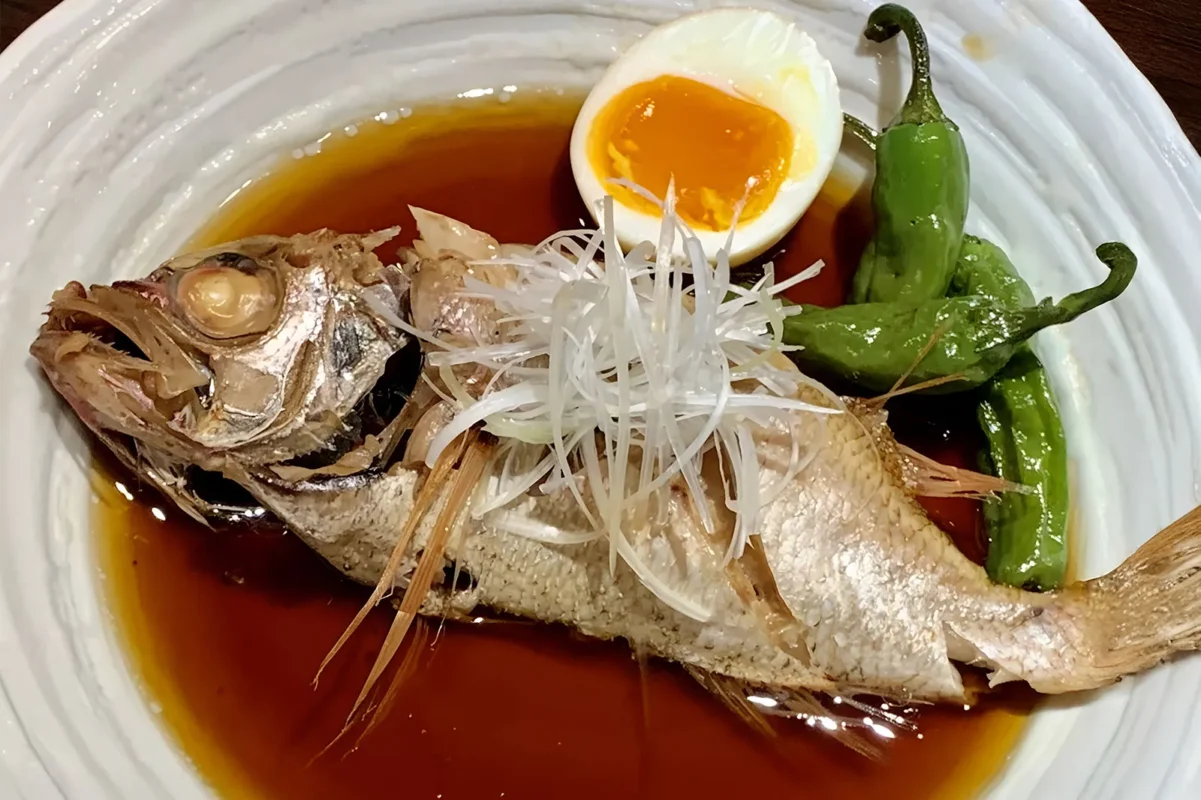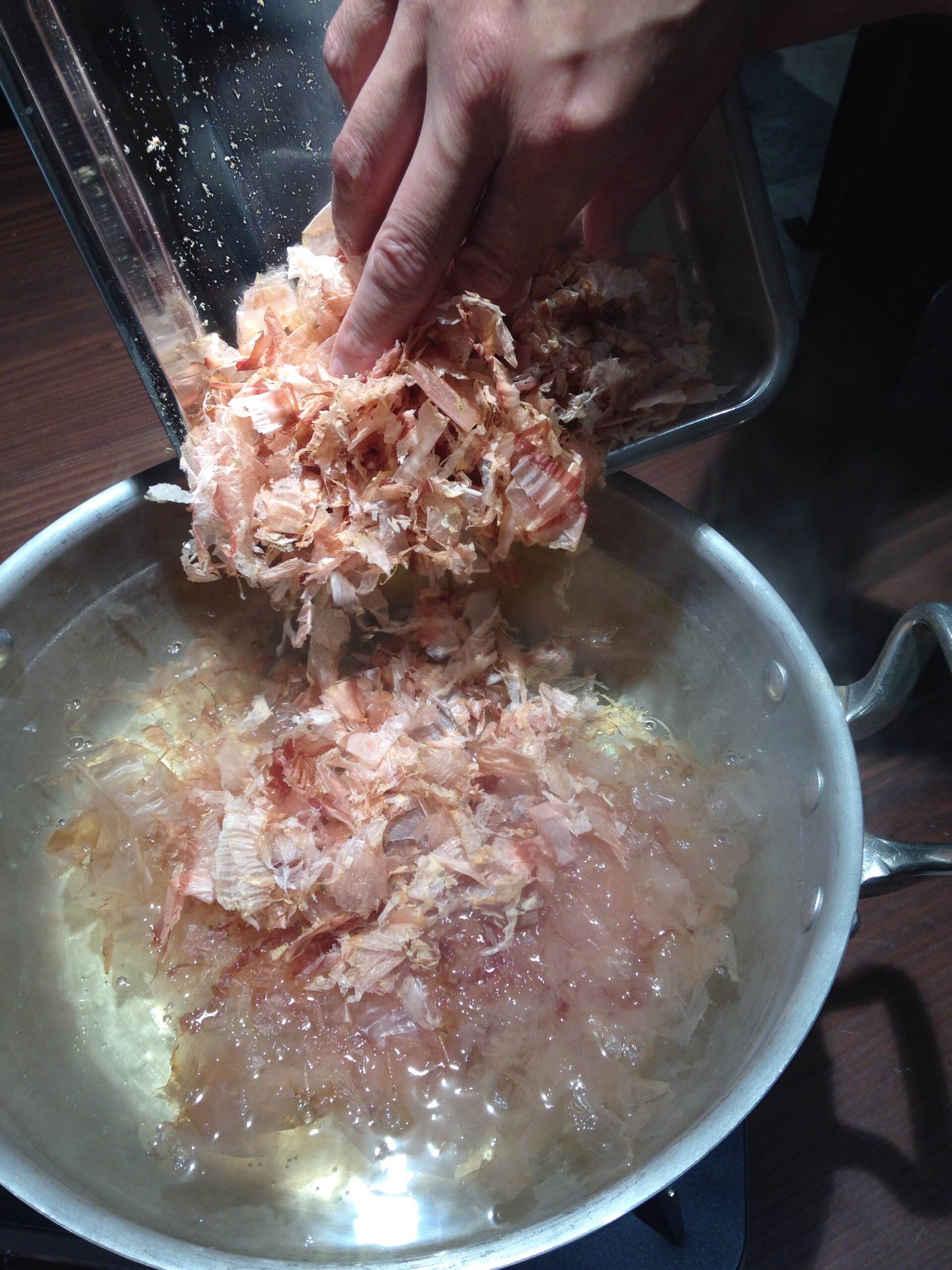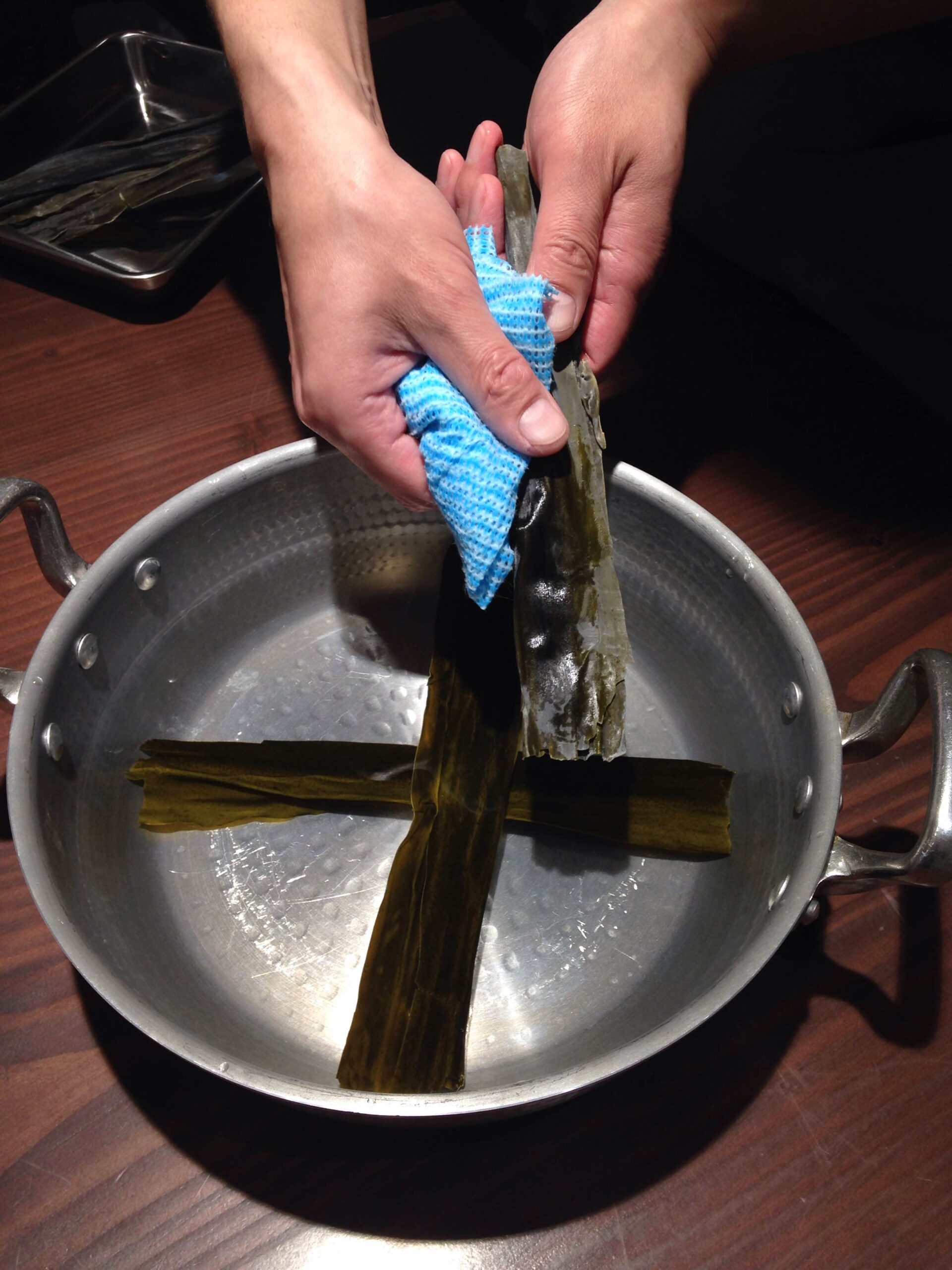What do you believe is the true charm of Nimono, Japanese simmered dishes? I believe it lies in the deep, gentle, and somewhat nostalgic flavor that seeps into the very core of the ingredients. However, I often get a question from home cooks: “How can I get the flavor to penetrate deeply and evenly, without it tasting muddled?”
The key is hidden in a seemingly magical phrase that Japanese chefs have passed down for generations: “Sa-Shi-Su-Se-So.” Today, I’ll explain how this phrase is not just a simple mnemonic, but a piece of profound wisdom from our ancestors, backed by science. While this principle is most effective for simmered dishes, its wisdom can be applied to a wide variety of cooking. (Note: There are exceptions depending on the dish.)
What is “Sa-Shi-Su-Se-So”? More Than a Mnemonic, It’s the Wisdom of Generations
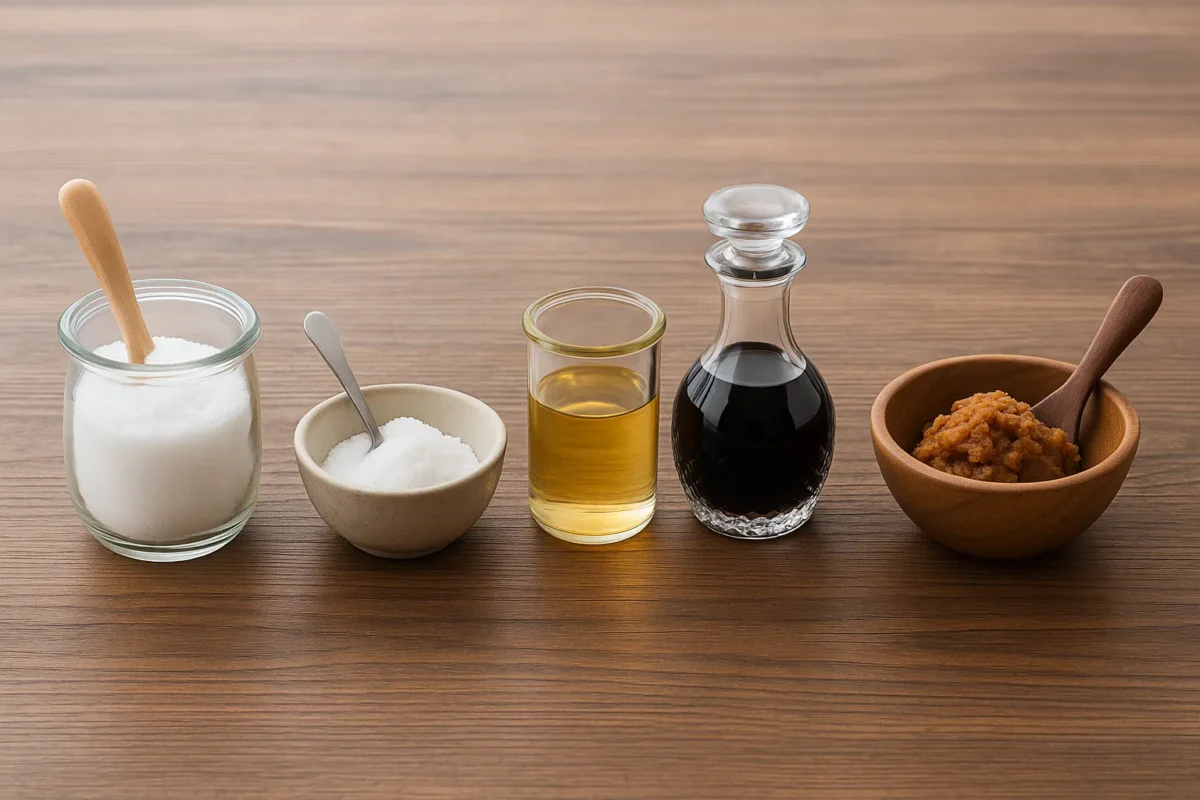
First, what exactly is “Sa-Shi-Su-Se-So”? Just as the English alphabet has a set order of “A, B, C…,” the Japanese phonetic system (Gojuon) has its own fixed order, starting with “A, I, U, E, O…”
“Sa-Shi-Su-Se-So” is one of the sequences from that system. Japanese culinary tradition cleverly uses this well-known sequence as a mnemonic—a memory aid—for the proper order of adding seasonings.
- Sa: Sugar (Satō)
- Shi: Salt (Shio)
- Su: Vinegar (Su)
- Se: Soy Sauce (Shōyu / from the historical spelling, “seuyu”)
- So: Miso (Miso)
You might think it’s just an easy way to remember the words, but it’s actually an established golden rule for making dishes scientifically and exceptionally delicious. There is a clear and important reason behind every step in this sequence.
The Science of Flavor Penetration: Why Sugar First?
The core of this golden rule lies in the molecular size of the seasonings and the principle of osmotic pressure.
First is “Sa” for sugar. Sugar molecules are actually quite large compared to the molecules of “Shi” for salt. Therefore, by adding sugar at the beginning of the seasoning process, its large molecules slowly take their time to create pathways as they penetrate deep inside the ingredients.
What would happen if you added the smaller salt molecules first? The salt molecules would quickly cover the surface of the food’s cells, causing moisture to be drawn out of the ingredients (osmotic pressure). This tightens the ingredients’ tissues, making it difficult for the larger sugar molecules to enter afterward.
Adding sugar first. This is like laying the groundwork; it keeps the ingredients tender and allows the sweetness to penetrate while preparing them to smoothly absorb the seasonings that follow.
The Roles of “Shi, Su, Se, So” and the “Layers of Flavor” They Create
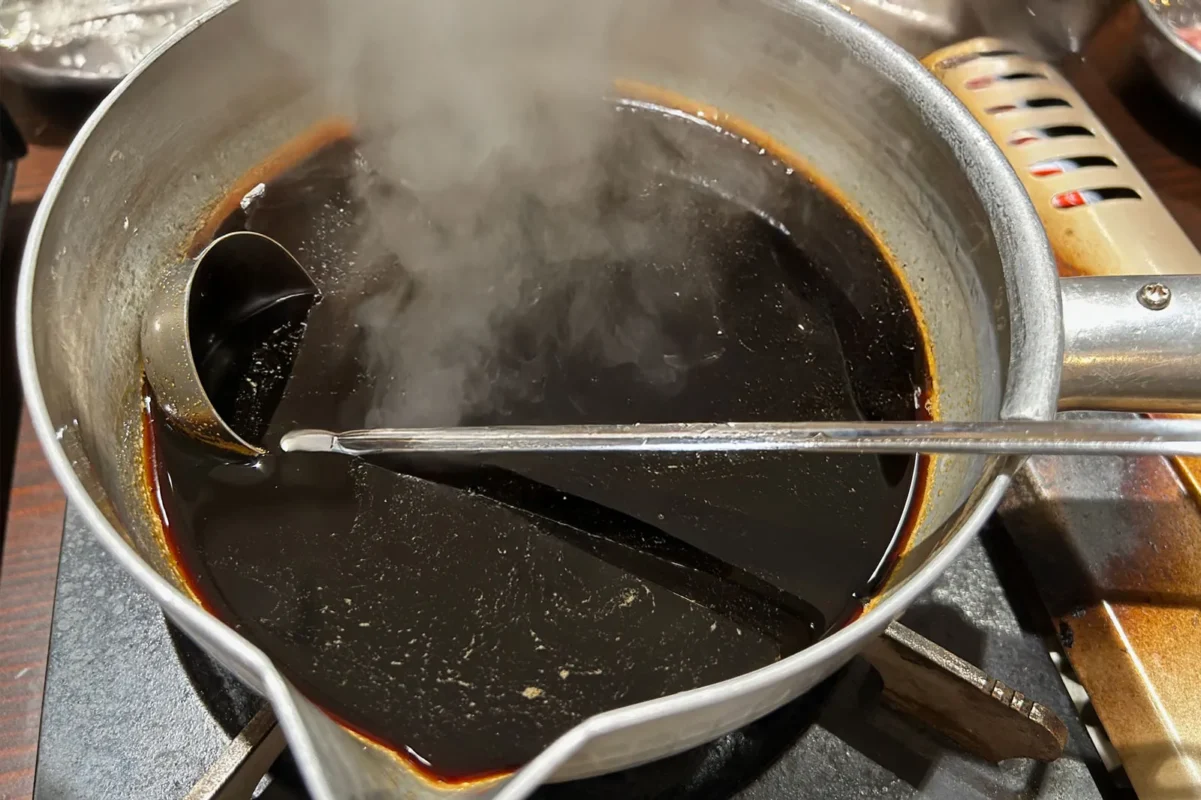
After laying the foundation with sugar, the remaining seasonings are added at the optimal time according to their own unique characteristics.
- Shi (Salt): Adding salt after the sweetness has penetrated allows it to draw out a moderate amount of moisture (a dehydration effect), which sharpens the overall flavor and enhances the sweetness.
- Su (Vinegar): The acidity and aroma of vinegar are sensitive to heat. If you add it too early and simmer it for a long time, its flavor will dissipate, so it’s best to add it in the middle or later stages of cooking.
- Se (Soy Sauce) & So (Miso): These are fermented seasonings whose “aroma” is their lifeblood. The fragrance of soy sauce, in particular, is very delicate and easily lost with heat. Therefore, the secret to making a dish exceptionally delicious is to add them near the end of cooking, allowing their aroma to be preserved without over-reducing them.
The sweetness of sugar, the saltiness of salt, the acidity of vinegar, and the umami and aroma of soy sauce and miso. When added in the correct order, they create complex, non-uniform “layers of flavor” in the dish. The sweetness you taste the moment it enters your mouth, the saltiness and umami that follow, and the rich aroma that wafts through your nose. This depth is the true essence of a delicious simmered dish.
“Sa-Shi-Su-Se-So” is a scientific method, discovered by the Japanese people over many years, for harnessing the laws of nature.
At Chagohan Tokyo, our classes go beyond simply following a recipe. We aim for you to acquire lifelong skills by understanding the “why” behind what you do.
Why not invite this beautiful wisdom left by our ancestors into your own kitchen? Your everyday simmered dishes will surely become surprisingly more flavorful.
We look forward to welcoming you to our newly renovated cooking space and providing you with an even more enjoyable and unforgettable experience!
→ View the new classes and prices → View the new Private classes and prices

